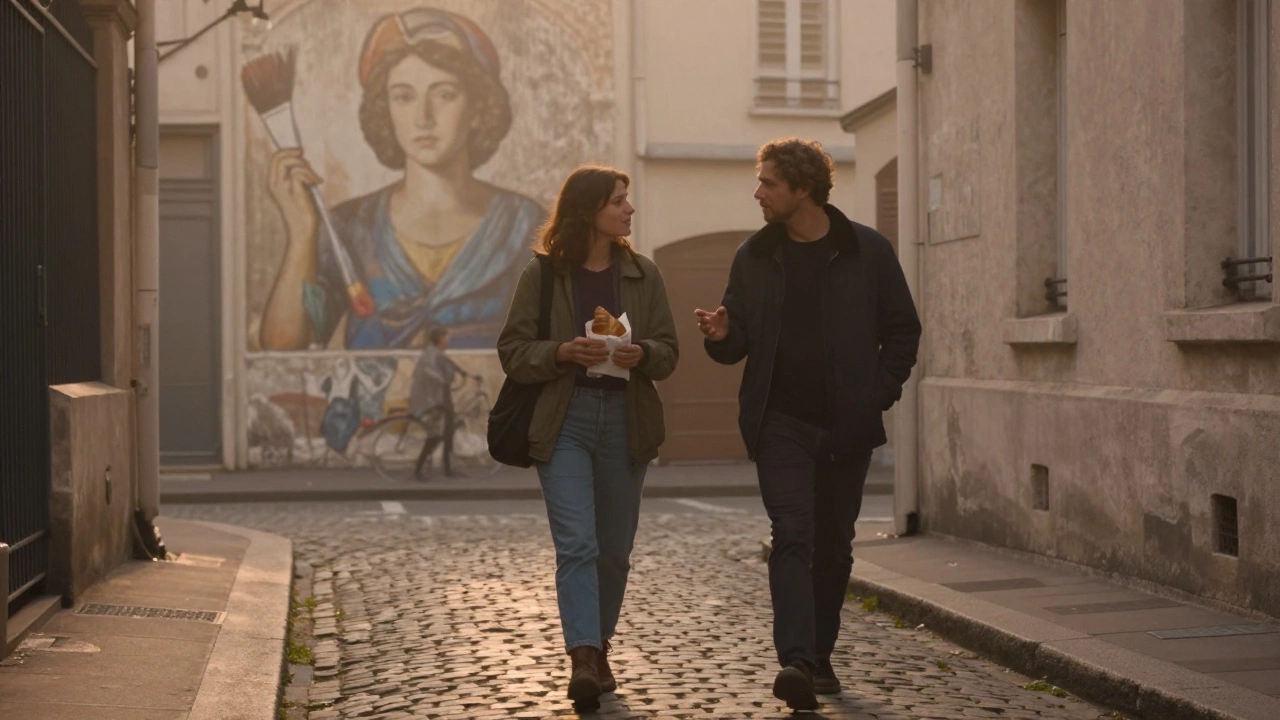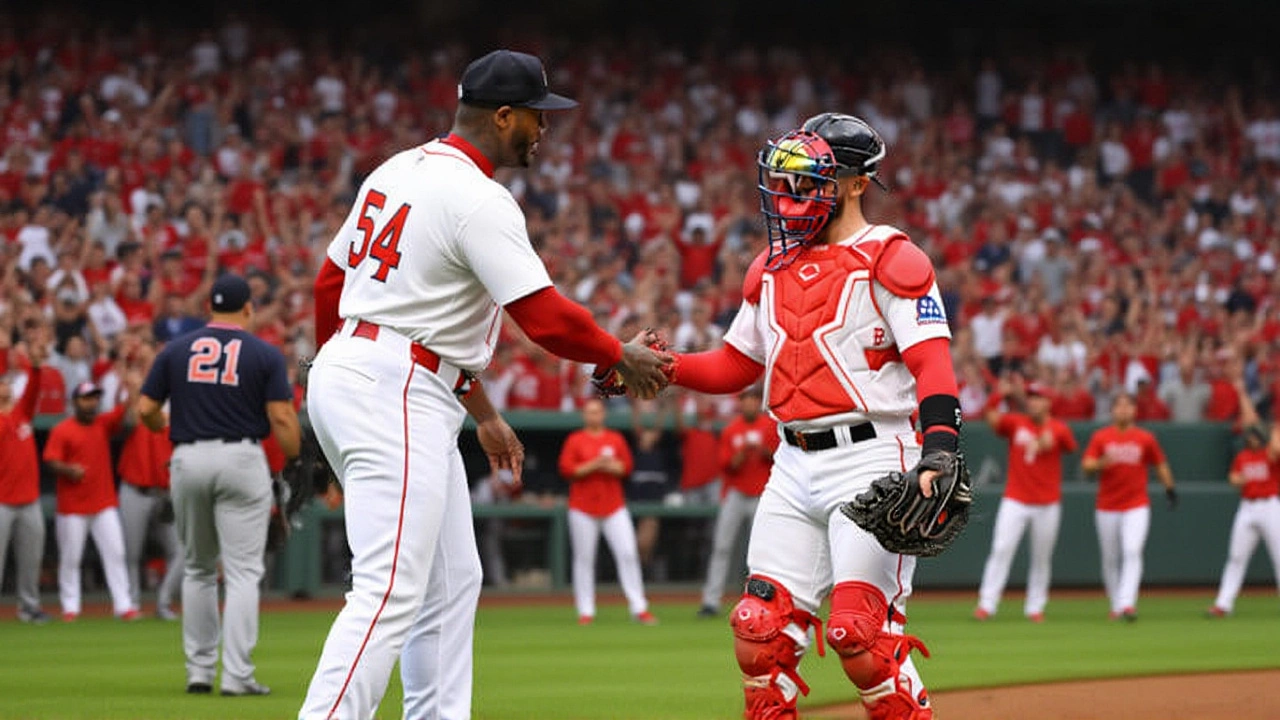Mindful Artistic Expressions

Hoepocalypse: What Really Happened When the Euro Hit Its Breaking Point
The euro collapsed not with a bang, but with silence. By 2025, the Hoepocalypse was real - countries stopped trusting the currency, people turned to cash and crypto, and the union began to unravel. This is what happened when the dream of a single currency broke.
Read More
Paris Escort - Understanding the Experience Beyond Physical Contact
Paris escort experiences go far beyond physical contact-offering connection, authenticity, and emotional depth in a city where intimacy is an art. Discover what makes these encounters truly unique.
Read More
Chiefs 32-29 Bills: Mahomes Delivers Again, Kansas City Heads to Third Straight Super Bowl
The Kansas City Chiefs defeated the Buffalo Bills 32-29 in the AFC Championship on January 26, 2025, advancing to their third straight Super Bowl as Patrick Mahomes outdueled Josh Allen in another playoff heartbreak for Buffalo.
Read More
Chelsea Stuns Barcelona 3-0 at Stamford Bridge in UCL Set-Piece Masterclass
Chelsea defeated Barcelona 3-0 at Stamford Bridge in a dominant Champions League performance, with set pieces exposing Barcelona's defensive chaos and Liam Delap scoring his first goal of the season. Enzo Maresca's tactical plan delivered a statement win.
Read More
Mets Trade Brandon Nimmo to Rangers for Marcus Semien in $5M Salary Swap
The New York Mets traded Brandon Nimmo to the Texas Rangers for Marcus Semien in a $5M salary swap, ending Nimmo’s 10-year Mets career and shifting New York’s focus to defense and flexibility under David Stearns.
Read More
Lizbeth Ovalle’s Gold Cup Heroics Trigger Record-Breaking Move to Orlando Pride
Lizbeth Ovalle’s historic 2024 Concacaf W Gold Cup performance, including a goal against the U.S., triggered a record-breaking transfer to Orlando Pride, marking a milestone for women’s soccer in North America.
Read More
Food Bloggers Unveil 50+ Five-Ingredient Fall Recipes for Overwhelmed Home Cooks
Didn't I Just Feed You, Half Baked Harvest, and Pinch of Yum have launched over 50 fall recipes with five ingredients or fewer, responding to widespread cooking fatigue. Targeting busy families, these minimalist meals prioritize speed, seasonality, and simplicity.
Read More
FOX Deportes Takes On Tigres UANL After 1-0 Win Over Club América
Tigres UANL beat Club América 1‑0 in their FOX Deportes debut, launching a new broadcast partnership covering both men's and women's Liga MX matches.
Read More
Dennis Quaid’s ‘Sovereign’ Scores 82% Rotten Tomatoes Pre‑Release
Dennis Quaid's new thriller *Sovereign* lands an 82% Rotten Tomatoes score before its July 11 release, exploring the dangerous sovereign citizen movement and sparking buzz amid blockbuster competition.
Read More
Aroldis Chapman Saves Red Sox in Game 1 Wild Card Win at Yankee Stadium
Aroldis Chapman clinches a 3‑1 Game 1 Wild Card win for the Red Sox at Yankee Stadium, showcasing 101 mph firepower and bolstering Boston’s postseason odds.
Read More